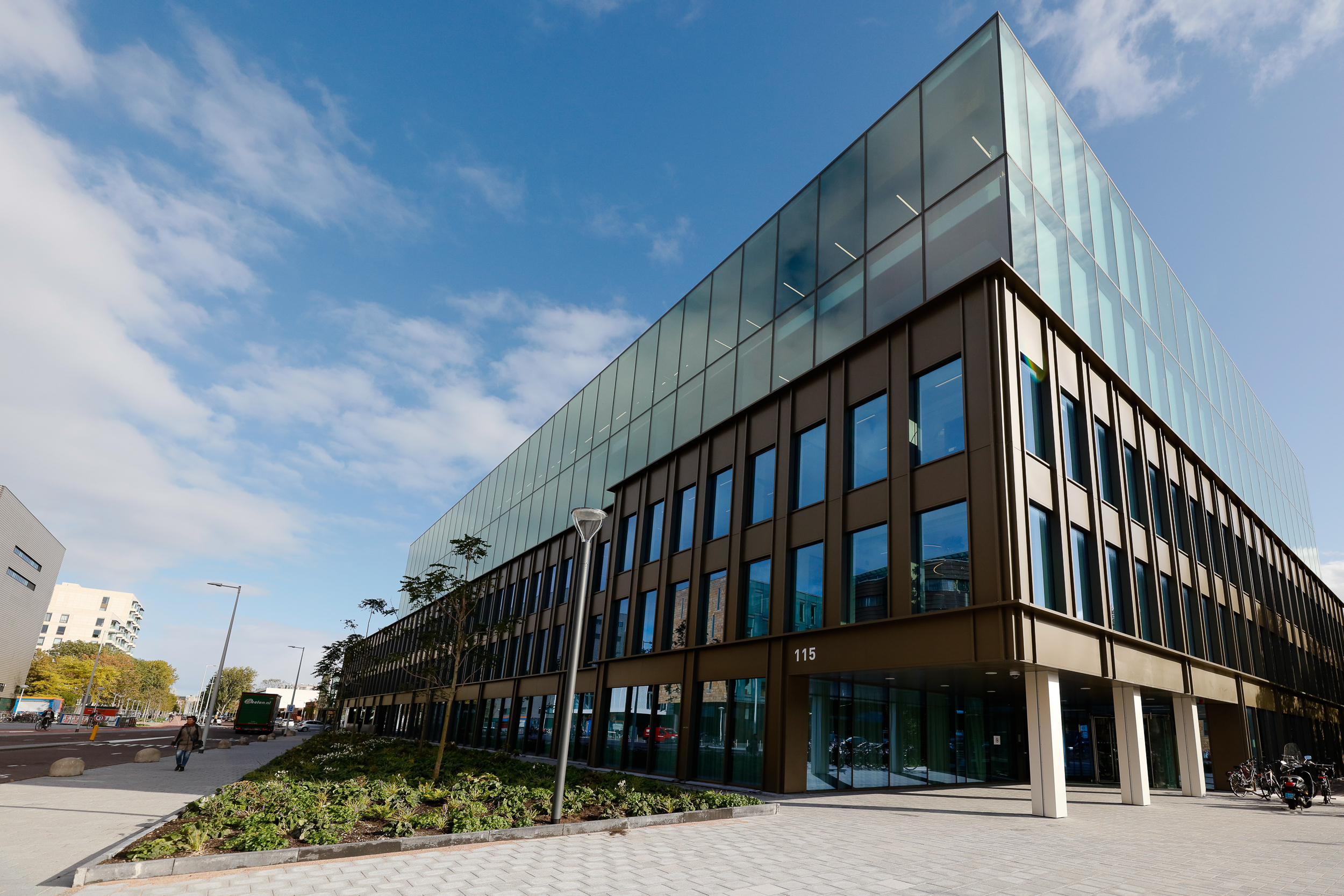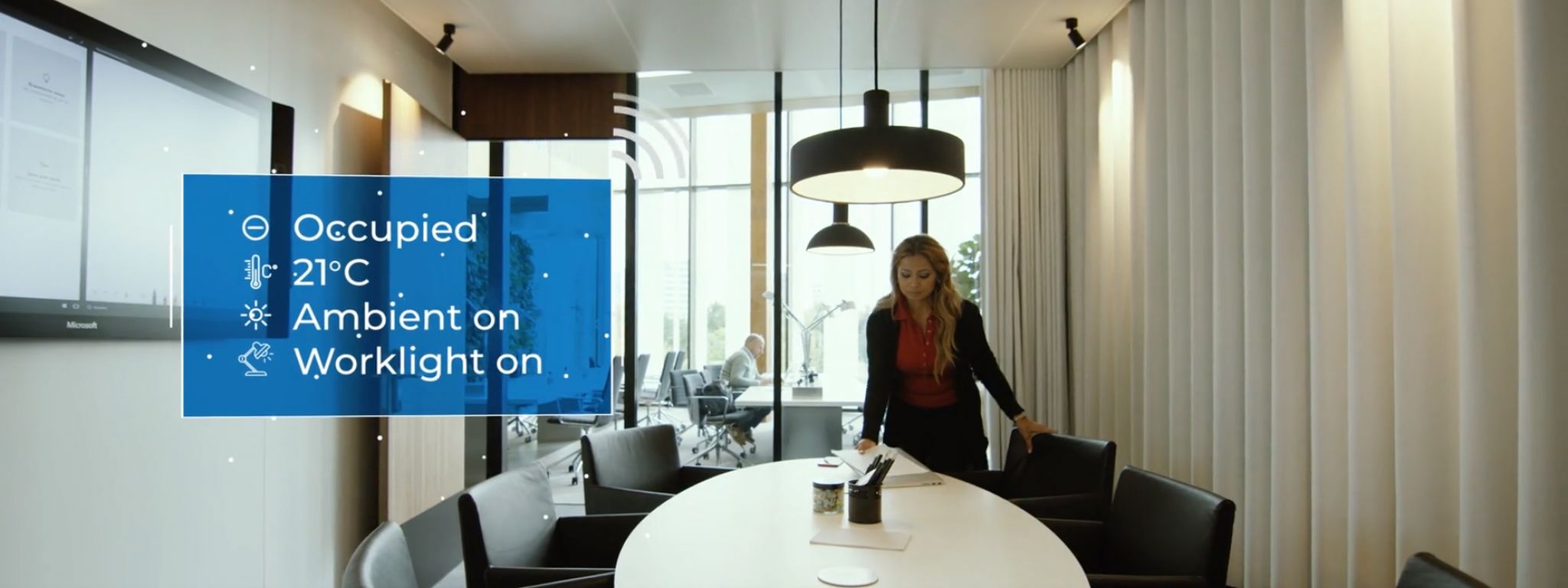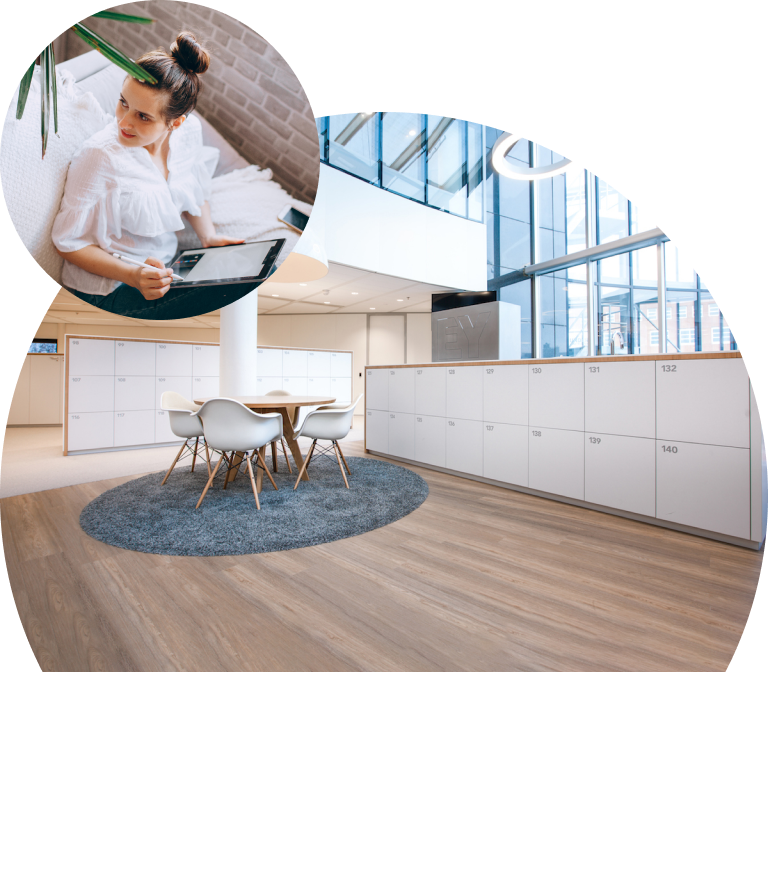In 2019, the commercial real estate technology is driven by a need to meet critical areas such as sustainability, employees wellbeing and building resiliency.
1. Smart building sustainability via net-zero buildings
In 2019 the number of net-zero certified projects designed to neutralize or positively reduce carbon emissions, water consumption, solid waste to landfill and/or their impacts on ecology continued to rise. Following the global initiative “Advancing Net Zero”, launched by The World Green Building Council, smart buildings and real estate owners, have started adopting the technological changes leading to the acceleration of the development of net-zero carbon buildings to 100% by 2050.
2. Extreme climate conditions resilience
Extreme climate conditions have become a reality around the world from wildfires and droughts to flooding and tsunamis and will become a critical driver for smart building innovation in 2019. Protecting commercial and industrial buildings will become a significant area for growth as more building owners take calculated measures in the design and construction of their buildings to mitigate environmental damage.
3. Smart energy systems on the rise
With the dramatic increase in the world’s energy use, both existing and new buildings will be fittedwith renewable energy sources and with smart energy systems at their core by integrating Distributed Energy Systems (DES).
DES covers energy in the forms of electricity, heating, and cooling, thus offering building owners and energy consumers various opportunities to reduce cost as well as improve the reliability and security of additional revenue. A smart energy building is, therefore, able to integrate DES into its design and operations according to users’ requirements to lower energy costs, increase energy efficiency and secure energy supply while reducing carbon emissions.
4. Indoor air quality (IAQ) monitoring
With an increased focus on health and wellness, indoor air quality has become a prominent area for growth in smart buildings in 2019. Studies have demonstrated that a strong correlation exists between high concentrations of CO2 and diminished cognitive performance in the workplace. As enterprises tenants and businesses focus on workplace productivity, IAQ will become a popular area for innovation.
5. Focus on health and well-being
To attract a workforce of tech-savvy, health-conscious millennials more developers are finding ways to integrate health-improving measures into their smart buildings and designs.




